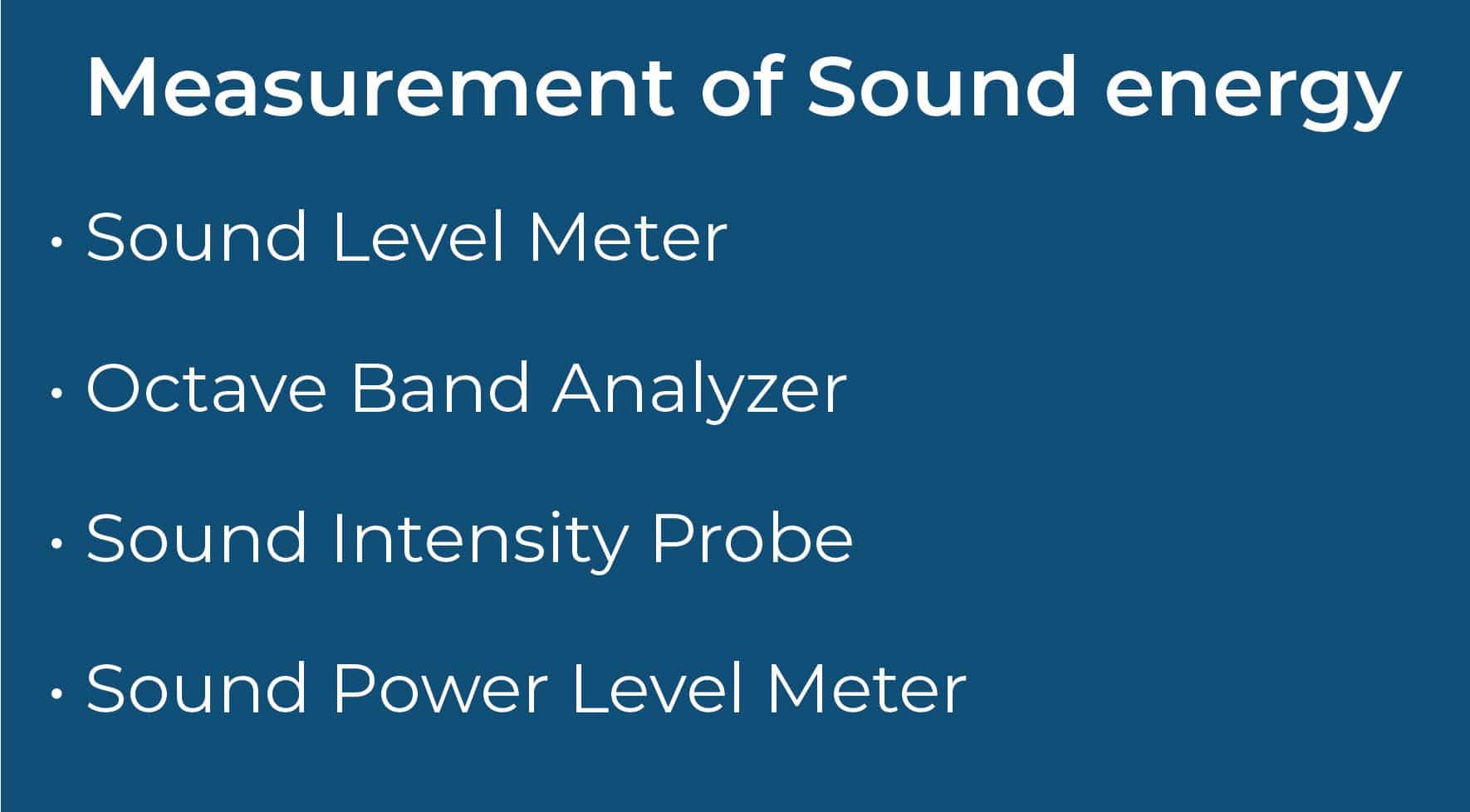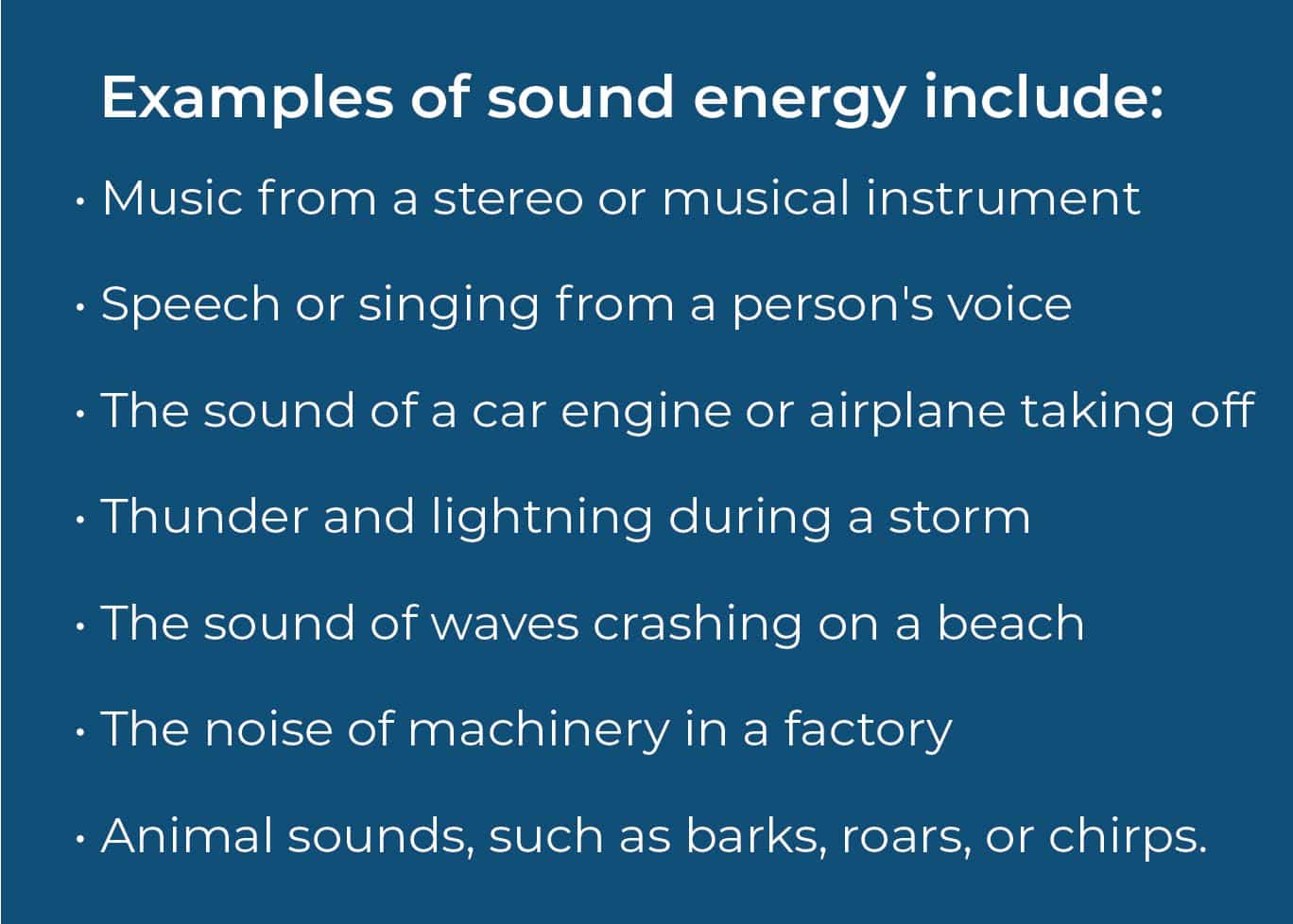What is Sound Energy?
Grade 6 Science Worksheets
Sound energy is a form of energy that is created by the vibrations of particles in a medium, such as air, water, or solid material.
Table of Contents:
- What is Sound Energy?
- Formula for Sound Energy
- Propagation of Sound Energy
- Production of Sound Energy
- Measurement of Sound Energy
- Examples
- FAQs
What is Sound Energy? - Grade 6 Science Worksheet PDF
This is a free printable / downloadable PDF worksheet with practice problems and answers. You can also work on it online.
|
|
Untimed |
|
Sign up with your email ID to access this free worksheet.
"We really love eTutorWorld!"
"We really love etutorworld!. Anand S and Pooja are excellent math teachers and are quick to respond with requests to tutor on any math topic!" - Kieran Y (via TrustSpot.io)
"My daughter gets distracted easily"
"My daughter gets distracted very easily and Ms. Medini and other teachers were patient with her and redirected her back to the courses.
With the help of Etutorworld, my daughter has been now selected in the Gifted and Talented Program for the school district"
- Nivea Sharma (via TrustSpot.io)
What is Sound Energy?
Sound energy is a type of mechanical energy, which means that it involves the motion of matter. The amount of sound energy in a wave is determined by its amplitude, which is the height of the wave’s peak or trough. The greater the amplitude of the wave, the more energy it contains.
When sound waves reach a receiver, such as an eardrum, they cause it to vibrate and create electrical signals that are sent to the brain. The brain then interprets these signals as sound, allowing us to hear the sounds that were created by the original vibrations.
Sound energy can be transformed into other forms of energy, such as electrical energy, by using a microphone to convert the sound waves into electrical signals. It can also be used to do work, such as in the case of ultrasonic cleaning or sonar imaging, where sound waves are used to move or detect objects.
Overall, sound energy is an important and ubiquitous form of energy that plays a key role in many areas of science, engineering, and everyday life.
Formula for Sound Energy:
The formula for sound energy can be expressed as:

where:
- E is the sound energy in joules (J)
- rho is the density of the medium the sound wave is traveling through in kilograms per cubic meter (kg/m^3)
- V is the volume of the medium the sound wave is traveling through in cubic meters (m^3)
- A is the area of the surface that the sound wave is incident upon in square meters (m^2)
- C is the speed of sound in meters per second (m/s)
This formula shows that the sound energy is proportional to the square of the speed of sound, the area of the surface the sound wave is incident upon, and the density and volume of the medium the sound wave is traveling through.
Understanding sound energy can be important for various applications, including the design of acoustic systems and the measurement and control of noise pollution.
Propagation of Sound Energy
Sound energy travels through waves that are produced by vibrations in a medium, such as air or water.
When an object vibrates, it creates a disturbance in the surrounding medium that causes pressure waves to propagate away from the source of the vibration.
These waves can be detected by our ears or by scientific instruments and can be measured in terms of amplitude, frequency, and wavelength.
Production of Sound Energy
Sound energy is produced by any object or medium that is capable of vibration.
For example, sound energy can be produced by a musical instrument, a person’s vocal cords, a car engine, or the crashing of waves on a beach.
In each case, the object or medium vibrates, creating pressure waves that travel through the surrounding medium as sound energy.
Measurement of Sound energy
Sound energy can be measured using a variety of instruments and techniques, including:

1. Sound Level Meter: This is the most commonly used instrument for measuring sound energy. It measures the sound pressure level (SPL) in decibels (dB) and can be used to measure the sound energy of a particular source, such as a machine or a musical instrument.
2. Octave Band Analyzer: This instrument measures the sound energy in different frequency bands, and can be used to identify the frequency components of a sound source.
3. Sound Intensity Probe: This is a device that measures the sound energy per unit area of a sound source. It is useful for measuring sound energy in complex or diffuse sound fields, such as those found in large rooms or outdoor environments.
4. Sound Power Level Meter: This instrument measures the total sound energy output of a particular source, such as a loudspeaker or a machine. It can be used to assess the overall noise level of a facility or to compare the noise levels of different sources.
When measuring sound energy, it is important to ensure that the instrument being used is properly calibrated and that any background noise or interference is accounted for.
The measured results can be used to assess compliance with noise regulations, identify sources of noise pollution, and optimize the design of acoustic systems.
“There have been times when we booked them last minute, but the teachers have been extremely well-prepared and the help desk at etutorworld is very prompt.
Our kid is doing much better with a higher score.”
6th Grade Tutoring
eTutorWorld offers Personalized Online Tutoring for Math, Science, English, and Standardised Tests.
Our Tutoring Packs start at just under $22.49 per hour, and come with a moneyback guarantee.
Schedule a FREE Trial Session, and experience quality tutoring for yourself. (No credit card required.)
Examples of Sound Energy

Overall, sound energy is an important form of energy that is produced by a wide range of sources and is essential for communication, entertainment, and many other aspects of daily life.
One important aspect to note is that sound energy can have both positive and negative effects on living organisms and the environment.
For example, pleasant sounds like music or the sound of nature can have a positive effect on our well-being, while loud or constant noise can lead to hearing loss, stress, and other health problems.
In addition, sound energy can have an impact on wildlife and their habitats. For example, noise pollution can disrupt the communication and behavior of animals, leading to negative effects on their survival and reproduction.
Therefore, it is important to be aware of the potential effects of sound energy and to take steps to minimize negative impacts, such as reducing noise pollution and designing buildings and infrastructure with sound insulation in mind.
Do You Stack Up Against the Best?
If you have 30 minutes, try our free diagnostics test and assess your skills.
Sound Energy FAQS
What is sound energy?
Sound energy is a form of energy that is produced by vibrations in a medium, such as air or water. It is transmitted through waves that can be detected by our ears or by scientific instruments.
How does sound energy travel?
Sound energy travels through waves that are produced by vibrations in a medium. When an object vibrates, it creates a disturbance in the surrounding medium that causes pressure waves to propagate away from the source of the vibration.
What is the unit of measurement for sound energy?
The unit of measurement for sound energy is the joule (J). However, sound energy is often measured in terms of its intensity or amplitude, which is expressed in units of decibels (dB).
What are some examples of sound energy?
Examples of sound energy include music from a stereo or musical instrument, speech or singing from a person’s voice, the sound of a car engine or airplane taking off, thunder and lightning during a storm, the sound of waves crashing on a beach, the noise of machinery in a factory, and animal sounds such as barks, roars, or chirps.
How is sound energy produced?
Sound energy is produced by any object or medium that is capable of vibration. For example, sound energy can be produced by a musical instrument, a person’s vocal cords, a car engine, or the crashing of waves on a beach. In each case, the object or medium vibrates, creating pressure waves that travel through the surrounding medium as sound energy.
How is sound energy used in everyday life?
Sound energy is used in everyday life for communication, entertainment, and many other purposes. For example, we use sound energy to speak and listen to others, to enjoy music and other forms of media, and to detect potential hazards, such as sirens and alarms. Sound energy is also used in scientific research and industry, for tasks such as measuring vibrations, analyzing materials, and detecting leaks or other problems.

Kathleen Currence is one of the founders of eTutorWorld. Previously a middle school principal in Kansas City School District, she has an MA in Education from the University of Dayton, Ohio. She is a prolific writer, and likes to explain Science topics in student-friendly language. LinkedIn Profile
Affordable Tutoring Now Starts at Just $22.49
eTutorWorld offers affordable one-on-one live tutoring over the web for Grades K-12. We are also a leading provider of Test Prep help for Standardized Tests (SCAT, CogAT, MAP, SSAT, SAT, ACT, ISEE, and AP).
What makes eTutorWorld stand apart are: flexibility in lesson scheduling, quality of hand-picked tutors, assignment of tutors based on academic counseling and diagnostic tests of each student, and our 100% money-back guarantee.
Whether you have never tried personalized online tutoring before or are looking for better tutors and flexibility at an affordable price point, schedule a FREE TRIAL Session with us today.
*There is no purchase obligation or credit card requirement
Grade 6 Science Worksheets
- Inquiry process
- Nature of Science
- Scientific Inquiry
- Inquiry, Analysis and Problem Solving
- Ethical Practices
- Science and Society
- Biotic and Abiotic Factors
- Impact of Organisms
- Adaptation
- Spheres of Earth
- Natural Resources
- Environmental Issues
- Conservation of Earth
- Understanding Technology
- Abilities To Do Technological Design
- Structure of Earth
- Solar System
- Rocks and Fossils
- Earth Systems
- Plate Tectonics
- Evolution
- Magnetic Field of Earth
- Geologic Time
- Materials and Processes That Shape a Planet
- Astronomy
- Ecology
- Energy
- Kinetic and Potential Energy
- Energy Transfer
- Matter and its Structure
- States of Matter
- Physical and Chemical Changes
- Force and Motion
- Electricity and Magnetism
- Wave Interactions
- Sound
- Light
- Introduction to Life Science
- The Origin & History of Life On Earth
- Plant and Animal Cells
- Parts of a Cell
- The Cell Cycle
- How Living Organisms Get Energy
- Classification of Organisms
- How Plants Grow & Reproduce
- The Human Respiratory System
- The Human Cardiovascular System
- The Human Digestive System
- The Human Endocrine Systems
- The Human Nervous System
- The Human Muscular System
- The Human Skeletal System
IN THE NEWS

Our mission is to provide high quality online tutoring services, using state of the art Internet technology, to school students worldwide.
Online test prep and practice
SCAT
SSAT
ISEE
PSAT
SAT
ACT
AP Exam
Science Tutoring
Physics Tutoring
Chemistry Tutoring
Biology Tutoring
Math Tutoring
Pre-Algebra Tutoring
Algebra Tutoring
Pre Calculus Tutoring
Calculus Tutoring
Geometry Tutoring
Trigonometry Tutoring
Statistics Tutoring
Quick links
Free Worksheets
Fact sheet
Sales Partner Opportunities
Parents
Passive Fundraising
Virtual Fundraising
Our Expert Tutors
Safe and Secure Tutoring
Interactive Online Tutoring
After School Tutoring
Elementary School Tutoring
Middle School Tutoring
High School Tutoring
Home Work Help
Math Tutors New York City
Press
©2022 eTutorWorld Terms of use Privacy Policy Site by Little Red Bird
©2022 eTutorWorld
Terms of use
Privacy Policy
Site by Little Red Bird










